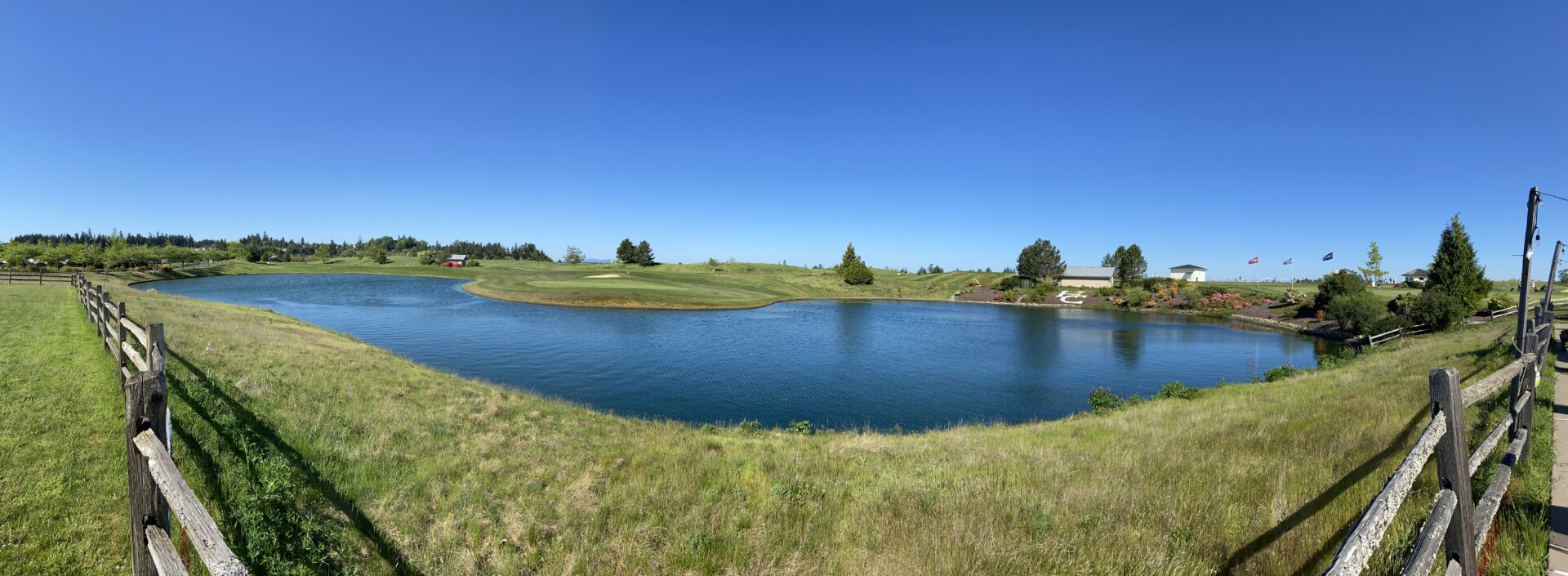(4/7/25)
The Masters has produced countless phenomenal finishes, with dramatic final shots that live with golf fans forever. But did you know that the routing of Augusta National Golf Club was flipped in 1935 to the routing we’ve come to know and love?
Yes, the nines were different when Augusta National first opened in 1932. What we know as the first nine was the second nine and what we know as the second nine was the first nine. The nines flipped before the 1935 Masters, just the second edition of the annual major.
The nines were flipped because of frost. Clifford Roberts, the Chairman of the Masters and co-founder of Augusta National Golf Club, noted that where Amen Corner is now, took more time to thaw out rather than the second nine. The course could open sooner, to allow players to get on the course while the new second nine was finishing thawing out. Roberts also provided analysis on the first Masters from the top 24 finishers. He found that the two hardest holes on the course were the now fifth and 14th holes, were the hardest holes with a stroke average of 4.354. The now par 5 15th hole, was the easiest hole, with an average of 4.552.
The switch proved to be prescient, as a few months later, the greatest shot in golf history happened. Gene Sarazen was trailing Craig Wood by three shots when Sarazen hit his drive down the 15th fairway. Sarazen, after being asked by his playing partner, Walter Hagen to hurry up because Hagen had dinner plans, took his four-wood and gave the ball a whack. The ball went 230 yards and into the hole in front of a small crowd. Sarazen made three nervy pars to force a 36-hole playoff the next day, the only time the Masters used that playoff format.
There have been countless incredible finishes on the second nine. Jack Nicklaus in 1986 winning his sixth green jacket at age 46, with his dramatic tee shot on 16, and holing his famous birdie putt on 17. Two years later, when Sandy Lyle hit a phenomenal bunker shot on the 18th hole and made the birdie putt to win by one shot. 2005, when Tiger Woods hit the modern-day version of the “Shot Heard Round The World” on the 16th hole, where the Nike logo on his ball stared into the souls of millions of viewers before dramatically dropping into the hole for a birdie. Perhaps, the most dramatic nine holes in major championship golf took place on the second nine of the 2011 Masters. Charl Schwartzel snatched the title away from the likes of Tiger Woods, Angel Cabrera, Jason Day, Adam Scott, and many others who held at least a share of the lead that day. Those memories are just the beginning of the second nine.
However, what if the nines were flipped to the original routing?
It’s an interesting thought to have when you consider all of the amazing finishes the Masters has provided over the years. When you look at the course and break down the nines, there is an argument to be had about the first nine providing drama as the second nine.
The finishing holes would be thrilling. The fifth hole, Magnolia, whose design was inspired by the Road Hole at the Old Course at St. Andrews, is always a challenge. It’s usually one of the hardest holes during the week and would kick off a stretch of demanding golf. The sixth hole, Juniper, is an interesting par 3, where if you hit the right shot, you’re in prime position for a birdie. A slight mishit and making par might not be attainable. The seventh hole, Pampas, is a long par 4, forcing precision off the tee and a heavily guarded green with five bunkers surrounding it would test players’ nerves. The eighth hole, Yellow Jasmine, is an uphill par 5 that players can get to the green in two. An eagle opportunity on the 71st hole would mean virtually no lead is safe. The ninth hole, Carolina Cherry, is a mixture of precision off-the-tee and perfect placement of the second shot. The three-shelved green is uphill, which makes players think of handling distance, and spin, as a ball could spin off the green and roll down into the fairway. However, the hole tends to see lots of birdies, which could be the final touch for a Masters triumph.
The current second nine has a phenomenal run of holes. Each of those holes has its own demands and requirements for success. It would be fascinating to see how players would attack those holes as part of the first nine. Would the tee shot on the 12th hole, Golden Bell, be less treacherous? Perhaps more birdies on the 11th hole, White Dogwood, as the pressure wouldn’t be as high if it’s the second hole of the final round.
Augusta National is wonderful as it is. However, it would be fascinating to see how players would play the nines flipped under pressure. Holes that don’t seem as hard as a first nine-hole could turn into a nightmare on the second nine. Holes that are second-nine nightmares could be a dream come true as a first nine-hole. New obstacles would stand in the way of leaders, while players who are trailing never feel out of it.
It’s a fun exercise to think of what-if scenarios. Would Jack Nicklaus and Tiger Woods have the same amount of green jackets? More? Less? Would Greg Norman be a multi-time Masters winner? Would Phil Mickelson have more than three green jackets to his name? The hypotheticals add up quickly.
It’s unlikely that there will be a change to the nines at the Masters, but it could unlock a unique drama at the first major of the year.
www.elisportsnetwork.com














